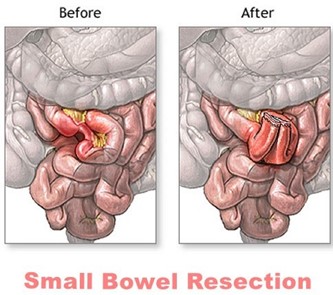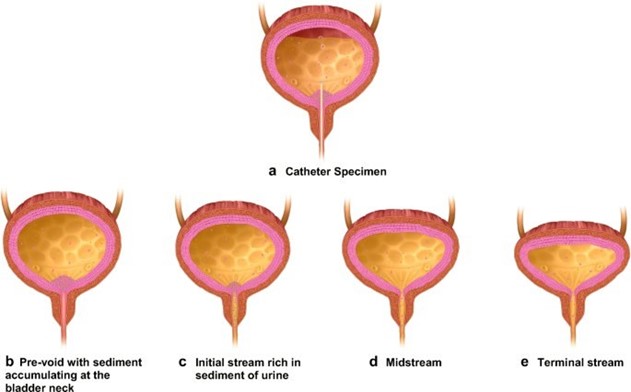The Patient has a nutritional dose of Humalog insulin of 5 units before each meal, plus Humalog insulin per sliding scale.
Blood Glucose Level sliding scale
(mg per dL) Humalog Insulin
If less than 70 and symptomatic administer 1 mg Glucagon IM then call MD 150-200 2 units
201-250 4 units
251-300 6 units
301-350 8 units
351-40010 units
Greater than 400 Call MD
The patient's meal has been delivered. the nurse checks the patient's pre-meal blood sugar, and the result is 64 mg/dL.
The patient is awake, and alert. and able to swallow. The next step the nurse should take is:
Call the MD.
Administer 1 mg Glucagon IM.
Administer 5 units of Humalog insulin.
Encourage the patient to eat their meal.
The Correct Answer is B
Since the patient's blood glucose level is less than 70 mg/dL and they are symptomatic, the first step is to administer 1 mg Glucagon IM. This will help increase the patient's blood glucose level quickly.
After administering Glucagon, the nurse should then call the MD to report the low blood glucose level and discuss any necessary adjustments to the patient's insulin regimen. It is important to note that in this situation, administering Humalog insulin would further lower the patient's blood glucose level and could worsen their symptoms. Encouraging the patient to eat their meal is also important, but it should be done after the administration of Glucagon to help maintain their blood glucose level.
Nursing Test Bank
Naxlex Comprehensive Predictor Exams
Related Questions
Correct Answer is B
Explanation
Gas pains and abdominal distention are common postoperative complications following small bowel resection. Ambulation is a simple and effective nursing intervention that can help alleviate these symptoms. Walking helps stimulate peristalsis, which can help move gas and stool through the gastrointestinal tract. It can also help prevent postoperative complications such as pneumonia and deep vein thrombosis.
Administering morphine sulfate (option A) may relieve pain, but it can also worsen constipation and abdominal distention. Promethazine (option C) is an antiemetic medication and may be helpful if the patient is experiencing nausea, but it is not the best intervention for gas pain and abdominal distention. Instilling a mineral oil retention enema (option D) may also be helpful in some cases, but it is not typically the first intervention for these symptoms and should be ordered by a healthcare provider.

Correct Answer is B
Explanation
This is because the persistent dysuria suggests that the initial treatment was not effective, and there may be a possibility of a resistant organism. Obtaining a midstream urine specimen for culture and sensitivity testing will help identify the specific microorganism causing the infection and determine the most effective antibiotic to use. The nurse should also instruct the patient to continue to drink plenty of fluids, as this will help flush out the bacteria and relieve symptoms. The nurse may suggest the use of acetaminophen (Tylenol) to relieve discomfort, but this should not be the only action taken, as treating the underlying infection is crucial. The nurse should not tell the patient to take trimethoprim and sulfamethoxazole for an additional three days, as the initial treatment was not effective, and a different course of treatment may be required based on the results of the urine culture and sensitivity testing.

Whether you are a student looking to ace your exams or a practicing nurse seeking to enhance your expertise , our nursing education contents will empower you with the confidence and competence to make a difference in the lives of patients and become a respected leader in the healthcare field.
Visit Naxlex, invest in your future and unlock endless possibilities with our unparalleled nursing education contents today
Report Wrong Answer on the Current Question
Do you disagree with the answer? If yes, what is your expected answer? Explain.
Kindly be descriptive with the issue you are facing.
